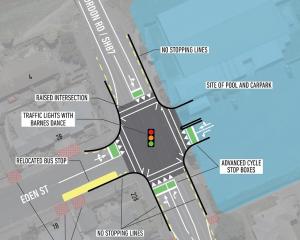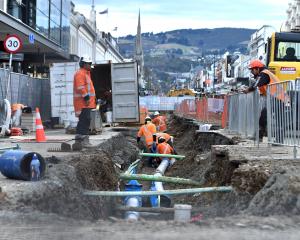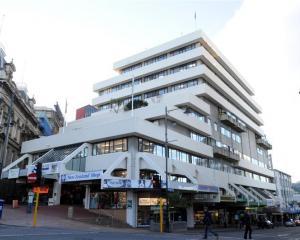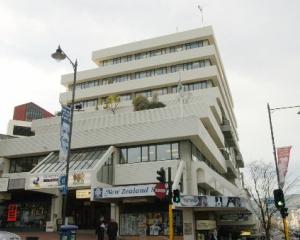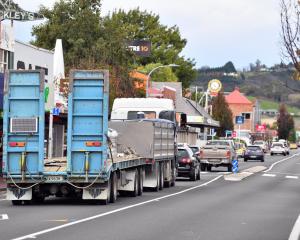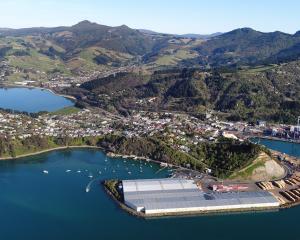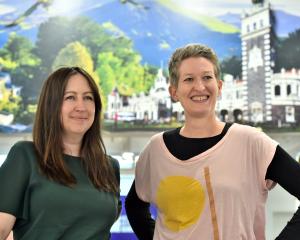When I was asked in 2004 to lead an investigation into an upgrade for Carisbrook, the challenge was to investigate and recommend the best option that would produce most benefits to Dunedin and the region.
I was fortunate to gather together a group of advisers to help me.
This group of advisers, most of whom later formed the Carisbrook Stadium Charitable Trust (CST), consisted of Ron Anderson, Bill Baylis, Stewart Barnett, Kereyn Smith and John Ward who, on his resignation from the group, was replaced by Sir Eion Edgar - a formidable and experienced team indeed!
When CST announced the Awatea St Project in August 2006, nearly two years of research had taken place.
The significance of that announcement centred around five important factors.
- It was to be built in association with the University of Otago development.
- It was to have a roof. It was to be multipurpose.
- It was to be a catalyst for centres of excellence.
- It was to be available as a community asset.
The Dunedin City Council and the Otago Regional Council endorsed the project we now know as the Forsyth Barr Stadium.
The pathway was a tortuous one, taking two years before the final green light was given.
During this period there was significant controversy and debate which, although greatly abated, continues to this day.
Too much of the debate overlooked the fact that the CST was simply carrying out the task it was charged with discharging and was not responsible for making the decision over whether or not to proceed and with which option.
Personal attacks on the trust and its members were, and still are, without merit or foundation and revealed more about the people making them and their motives.
There can be no doubt that we have been successful in delivering an exciting and workable design that fulfils the objective for a multipurpose facility and a contract price that meets the budget while at the same time ensuring that the University of Otago remains an integral part of the vision.
This is something that we should all be proud of.
I say all, as it is becoming increasingly obvious that we in southern New Zealand have produced what will very soon now become the envy of everyone, both locally and abroad.
From the start, significant funding requirements for the project were identified.
The main financial backers were the city council, the regional council, the university, the Community Trust of Otago, the Government and the private sector.
Throughout, the CST has followed its clearly stated and agreed plans and vision while keeping its backers regularly and fully informed.
For the avoidance of doubt the figure identified for the private sector funding was $45.5 million.
The CST commenced its fundraising activities against a background of intense public debate and ratepayer and media scrutiny, some of which was better informed than others.
The foray into the private sector has been an outstanding success.
As the fundraising programme commenced with businesses, private organisations and individuals there was no guarantee that the project would even start, but the community response has been magnificent.
When the CST handed over its responsibility for private funding to Dunedin Venues Management Ltd in February 2010 more than $30 million had been raised.
The community deserves to be sincerely congratulated on this success.
Surely there has never been such an amount raised privately in such a short a time for a community asset in the history of southern New Zealand and maybe even the whole of New Zealand.
Contrary to some of the myths still being spread, it was never suggested that this project would be funded in its entirety by the business community.
This is a fascinating fabrication perpetrated by those who subscribe to the philosophy that if you repeat something often and loud enough people will believe it.
What nonsense!
Another myth was that the Forsyth Barr Stadium would be used for rugby only.
Again, nonsense.
The trustees of the CST would not have allowed this project to see the light of day if it weren't for the roof, the University of Otago's involvement and its multipurpose function.
These criteria have always been, and remain, our guiding principles shaping all our decisions.
Recent announcements by the South Island Academy of Sport, along with Ian Taylor of Animation Research, are further clear evidence that the project continues to travel in the direction of another of our abiding principles - a centre of excellence for exercise, sport science and sports coaching and analysis.
The quality of the facility, too, has always been uppermost in the thoughts of the trustees.
We wanted to ensure that this stadium would be the best in New Zealand - not the biggest, but the best and unparalleled in the country.
The design was benchmarked against top New Zealand stadiums and two in Australia.
We demanded that the experience for those attending an event at the stadium be one of superior hospitality, with high-quality facilities and an exciting atmosphere.
More than 30,000 people in an intimate, roofed space, close to the performance area will make for many marvellous occasions.
We're almost there, inside our final year - and nothing our dwindling band of critics say will deflect us from our primary purpose: to deliver, on time, on budget and fit for purpose, New Zealand's first roofed, multipurpose performance venue and something all can be proud of.
Malcolm Farry is chairman of the Carisbrook Stadium Trust.




